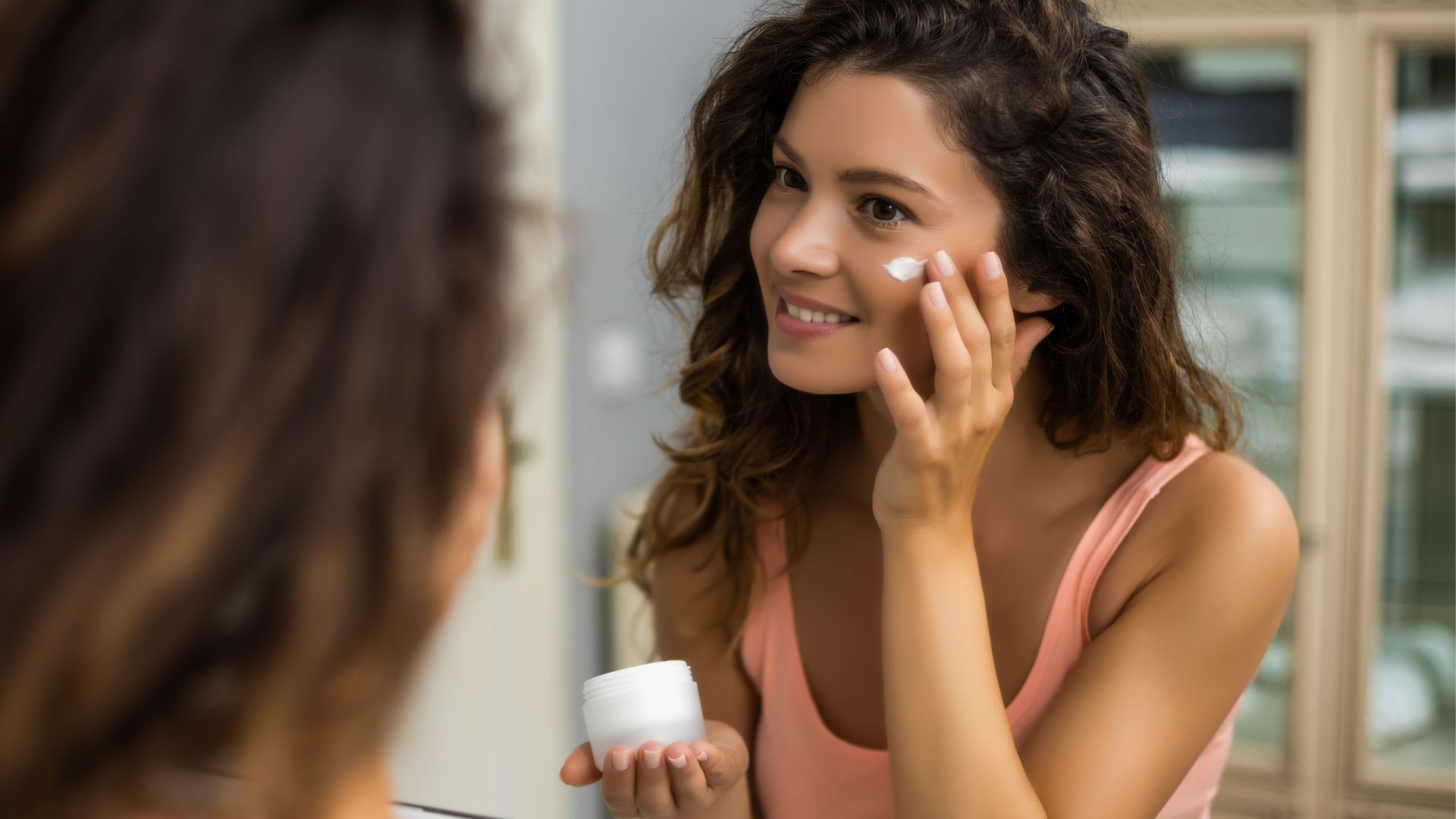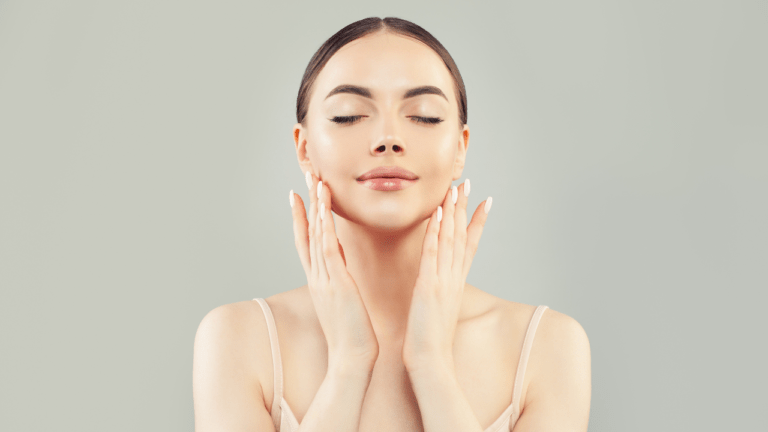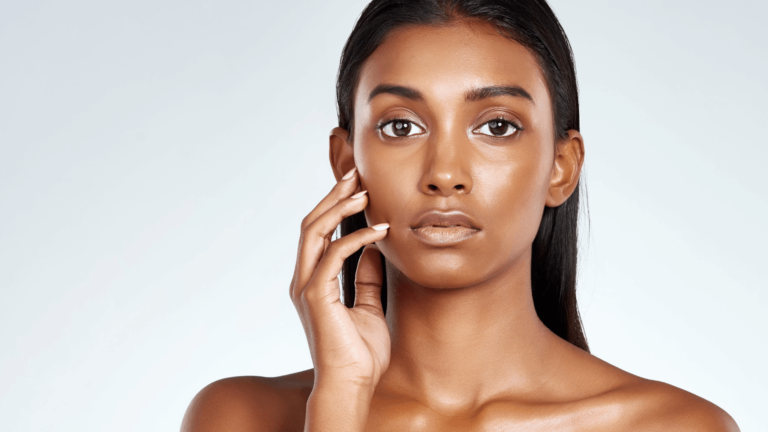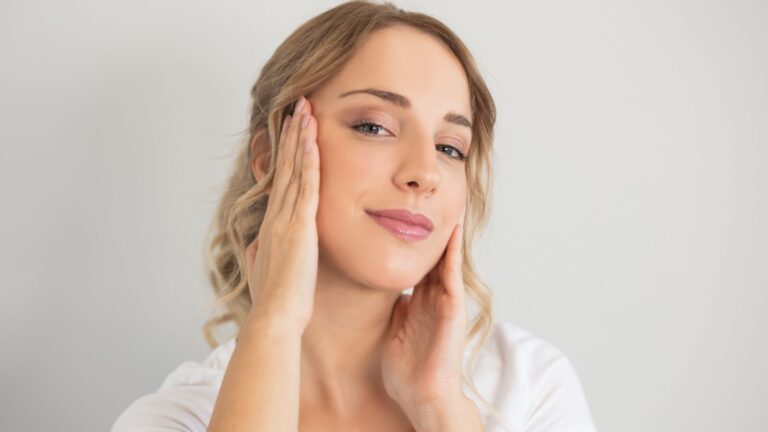What Is Olive Skin Tone? Characteristics and Challenges
If you’re curious about olive skin tone and want to know more about this unique complexion, you’ve come to the right place. In this article, we’ll explore everything you need to know about this skin tone, including its characteristics, advantages, challenges, and how to enhance it with makeup, clothing, and hair styling.
What Is Olive Skin Tone?
An Olive skin tone is neither too light nor too dark, with a greenish or yellowish undertone that resembles the color of olives. Olive skin is often associated with people of Mediterranean, Middle Eastern, or Latin American descent, although it can also occur in people of other ethnicities.
This type of tone is a result of a combination of factors, including genetics, melanin production, and sun exposure. People with olive skin tone have more melanin in their skin than people with fair skin, but less than people with dark skin tone. This melanin provides some protection against UV rays and helps to delay the aging process, but it also makes the skin more prone to hyperpigmentation, discoloration, and acne.
How to Determine Your Olive Skin Tone
There are a few ways to determine if you have this skin tone. The first is to look at the veins on the inside of your wrist. If they appear greenish, you likely have an olive skin tone. Another way to determine your skin tone is to hold up a white piece of paper next to your face. If your skin appears greenish or yellowish in comparison, you probably have this type of skin tone. Many celebrities including Sofia Vergara, Salma Hayek, and Diego Luna possess olive skin tones.
It’s important to note that skin tone can vary depending on factors such as sun exposure, age, and health. If you’re still unsure about your skin tone, you can consult with a professional makeup artist or visit a beauty store that offers skin tone analysis.
Characteristics of Olive Skin Tone
Olive skin tone has some unique characteristics that set it apart from other tones. Here are some of the most notable ones:
- Undertone: It has a greenish or yellowish undertone that can make it look warm or cool, depending on the lighting and the makeup colors used.
- Vein color: The veins on olive skin tone are usually greenish or blue-green, which is different from the blue or purple veins on fair skin tone or the dark veins on dark skin tone.
- Sun sensitivity: It offers natural protection against UV rays, but it can still get sunburned or damaged if exposed to intense sunlight for a prolonged time.
- Freckles and moles: Olive skin tone can have freckles or moles that are lighter or darker than the surrounding skin, making them more noticeable.
- Skin texture: Olive skin tone can have a combination of dry and oily areas, making it prone to both flakiness and shine.
Advantages of Olive Skin Tone
Olive skin tone has some advantages that make it stand out from other skin tones. Here are some of them:
- Versatility: It can work with a wide range of makeup colors, clothing styles, and hair colors, from bold and bright to soft and subtle.
- Radiance: It has a natural glow that can be enhanced with highlighters and illuminators, making the skin look healthy and radiant.
- Agelessness: Olive skin tone tends to age gracefully, with fewer wrinkles and fine lines than fair skin tone and less hyperpigmentation and discoloration than dark skin tone.
- Exoticism: It can give a person a unique and exotic appearance that stands out from the crowd.
Challenges of Olive Skin Tone
Olive skin tone also has some challenges that can make it tricky to manage and maintain. Here are some of them:
- Unevenness: Olive skin tone can have areas of discoloration, unevenness, and dullness, especially if exposed to sun damage or hormonal changes.
- Breakouts: Olive skin tone can be prone to acne and breakouts, especially if exposed to pollution, stress, or improper skin care.
- Discoloration: Olive skin tone can have dark circles, patches, or spots that are difficult to conceal or treat without the right products and techniques.
- Sensitivity: It can be sensitive to certain ingredients or formulas, causing irritation, redness, or inflammation.
Olive vs other Skin Tones
Compared to other tones such as caramel, ivory, amber, tawny, and almond, olive skin tone tends to have a slightly darker appearance, but not as dark as caramel or tawny. It also has a unique combination of warm and cool undertones that make it adaptable to a range of colors, making it a versatile skin tone that can pull off different makeup and clothing styles. With its distinctive appearance and adaptability, olive skin tone is undoubtedly beautiful and unique.
How to Enhance Olive Skin Tone
To enhance your skin tone, start by maintaining a healthy diet and staying hydrated to keep your skin looking its best. Use sunscreen daily to protect your skin from sun damage and avoid smoking and excessive alcohol consumption. Choose makeup shades that complement your olive skin, such as warm shades of brown, gold, and green. Experiment with different hair colors and styles that bring out the warmth of your skin tone, such as rich browns, deep reds, and warm blondes. Finally, embrace your natural skin tone and feel confident in your own unique beauty.
Makeup
Choosing the right makeup for your skin tone can enhance your natural beauty and give you a flawless look. When it comes to foundation, look for shades with yellow or green undertones to complement your skin tone. Avoid shades that are too pink or peach, as they can make your skin appear ashy or washed out.
For eyeshadows, warm shades such as gold, bronze, and olive green can make your eyes pop. Cooler shades such as purple and blue can also look stunning on olive skin tones. When it comes to lipstick, try shades with warm undertones such as coral, peach, or brick red. You can also experiment with bold shades such as deep burgundy or plum.
Hair Color
When choosing a hair color, it’s important to consider your skin tone as well. For olive skin tones, warm shades such as golden blonde, caramel, and honey can complement your complexion. If you prefer darker shades, try chocolate brown or dark auburn. Avoid shades that are too cool or ashy, as they can clash with your warm undertones.
Conclusion
Olive skin tone is a beautiful and unique complexion that requires special consideration when it comes to makeup, clothing, and hair color. By understanding your skin tone and choosing the right colors and shades, you can enhance your natural beauty and feel confident in your appearance.







